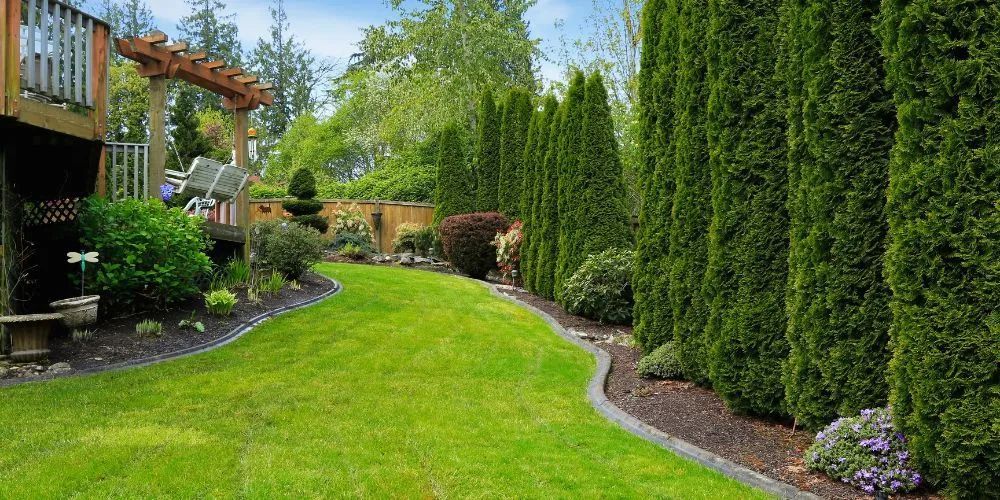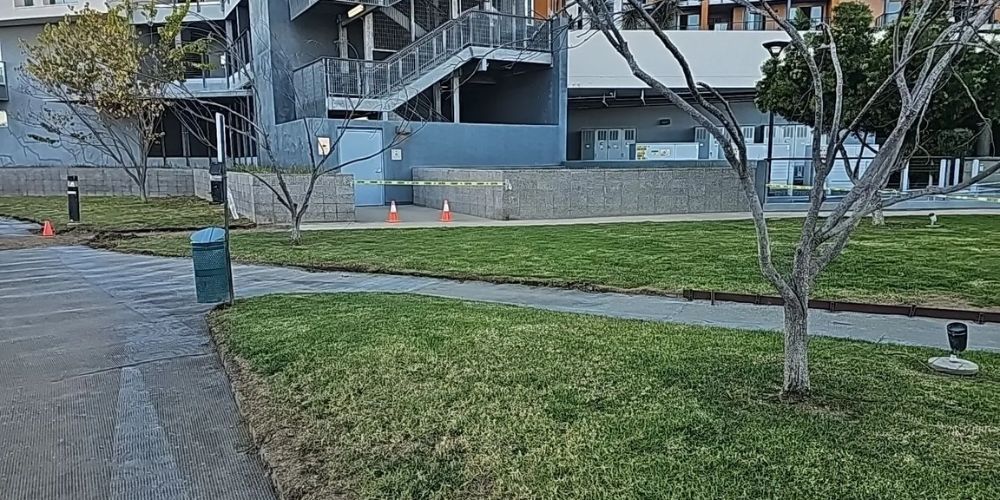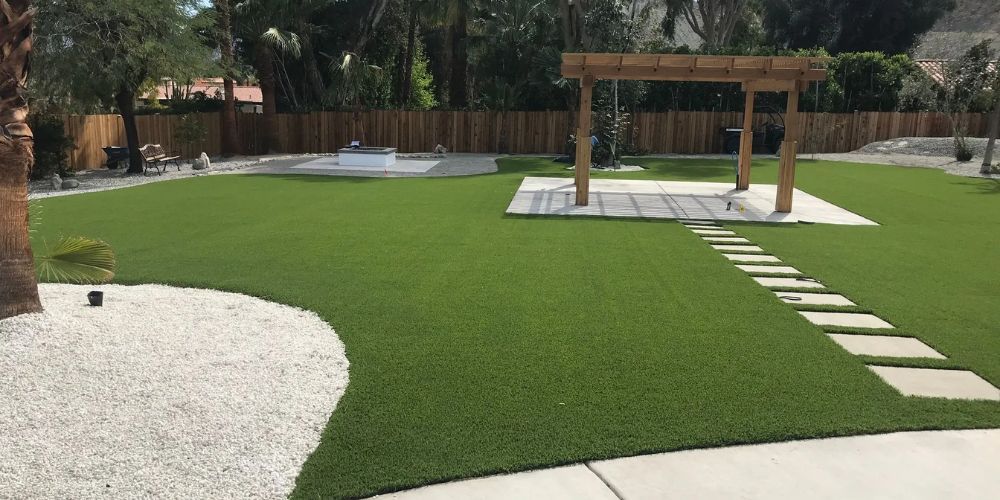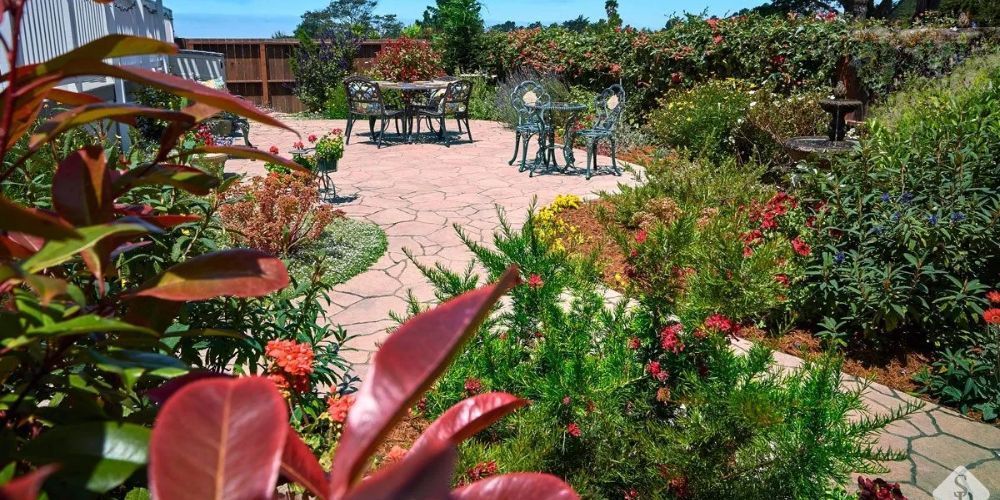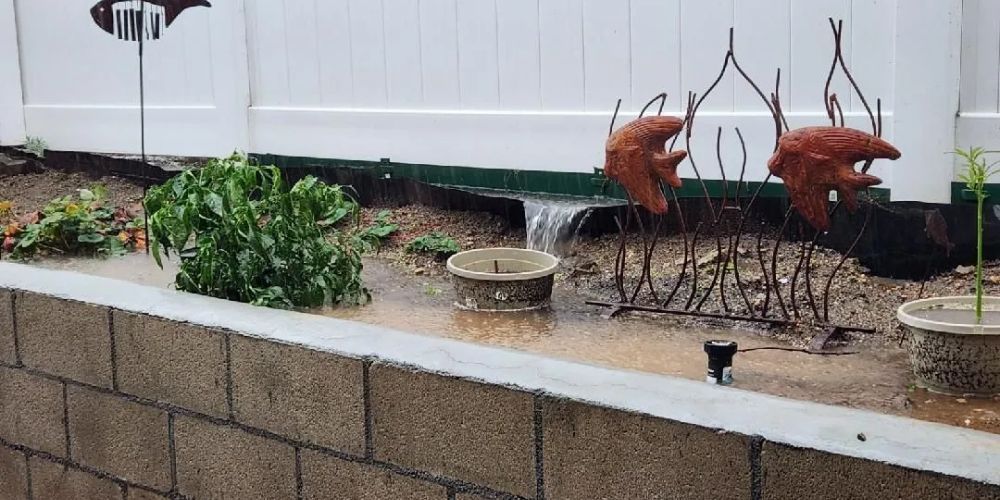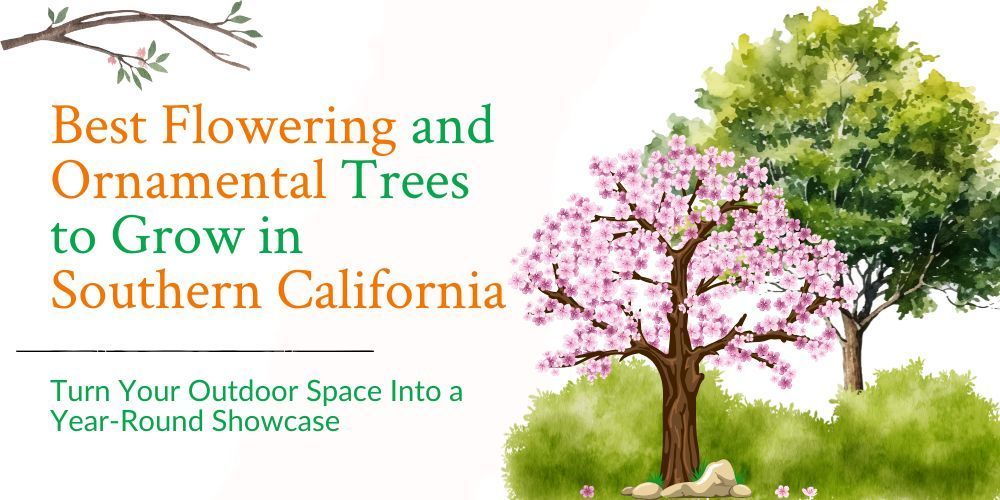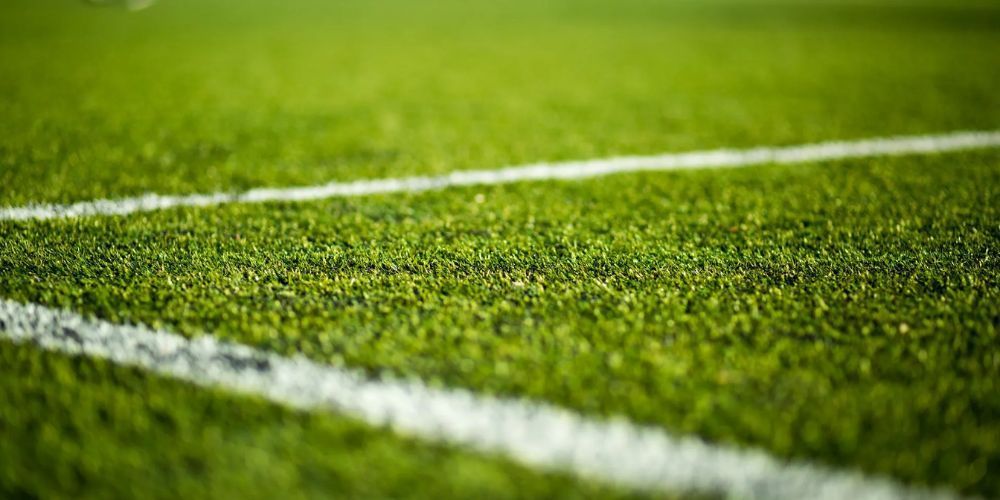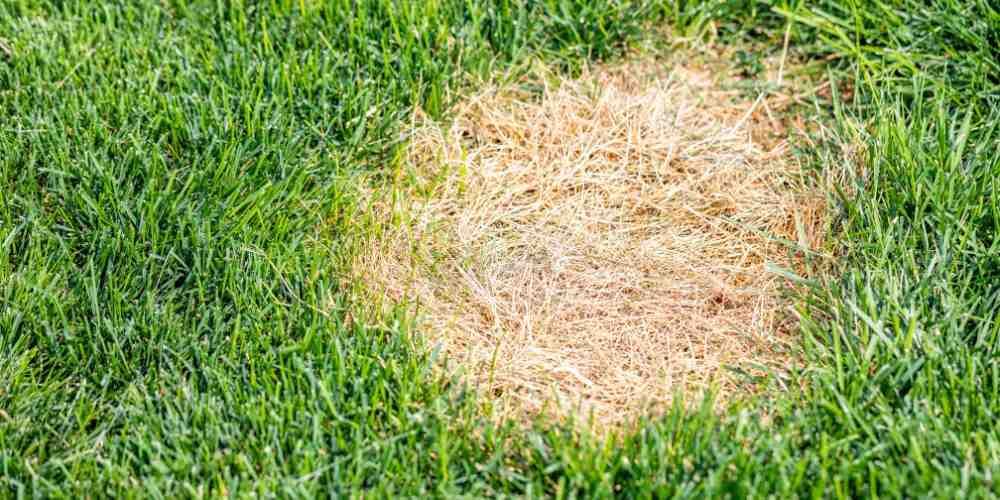Exploring the Beauty of Softscape Landscaping Design
When you think about a beautiful outdoor space, you can imagine lush greenery, bursts of colorful flowers, and the cool shade of tall trees. These living, breathing elements known as softscape landscaping are what bring life and charm to any yard. While patios and walls create structure, it’s the plants, trees, and natural touches that make a space feel truly alive.
Mastering softscape landscaping is the secret to creating front yards that feel welcoming, vibrant, and full of life all year round. With the right design and a professional touch, even the simplest space can be transformed into a stunning, sustainable outdoor retreat you'll love coming home to.
What is Softscape Landscaping?
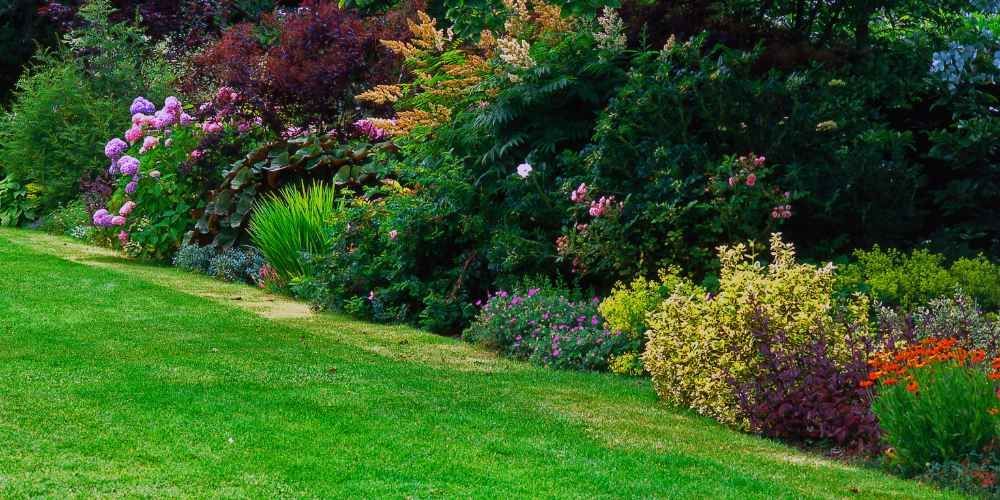
All horticultural and living features of exterior design belong to the softscape landscaping category. Softscape includes all living landscape features, including paths made from stone, trees, shrubs, flowers, grass, soil, and water features that can be ponds.
The professional designer of softscape elements selects specific elements, then arranges them into outdoor spaces that are both attractive and operational, and sustainable. Designers aim to achieve both outdoor attractiveness and long-term success of spaces.
Also Read:
What Are Softscape and Hardscape?
Key Components of Softscape Landscaping
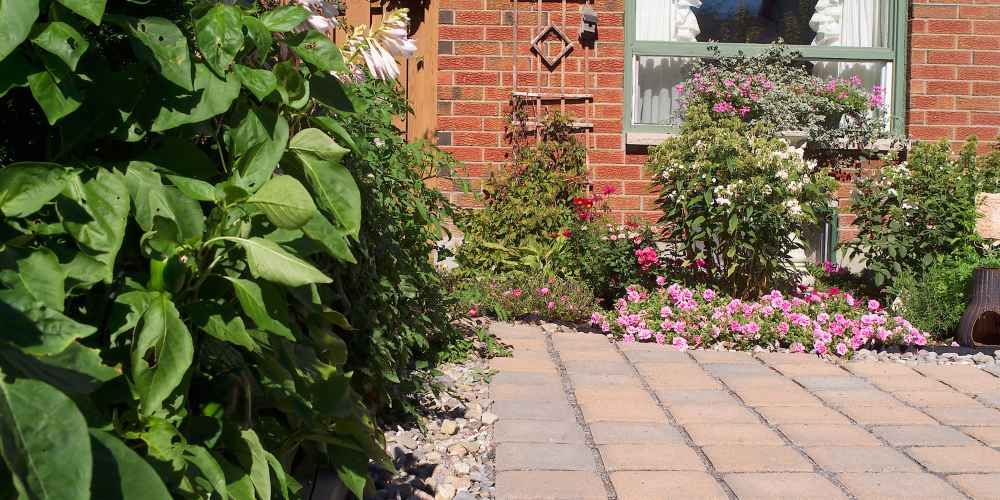
The variety of elements that compose softscaping creates its main source of attraction. The major elements that constitute soft scaping designs include:
- Plants: Softscaping design elements include trees, shrubs, flowers, groundcovers, and ornamental grasses, establishing softscape foundation elements. Different plant options result from combining climate patterns, soil factors, and your required aesthetic effect.
- Soil and Mulch: The foundation requires healthy soil and mulch for moisture retention, weed limitation, and a standout appearance.
- Lawns: A verdant grass lawn, accredited landscaping is an organic recreation and relaxation area.
- Water Features: Fountains, ponds, and waterfalls found in softscaping provide calming elements that support biodiversity improvement.
- Seasonal Interest: Thoughtful design of softscape elements will create a landscape of seasonal flowers that looks beautiful throughout the year.
The Importance of Softscape Landscaping Design
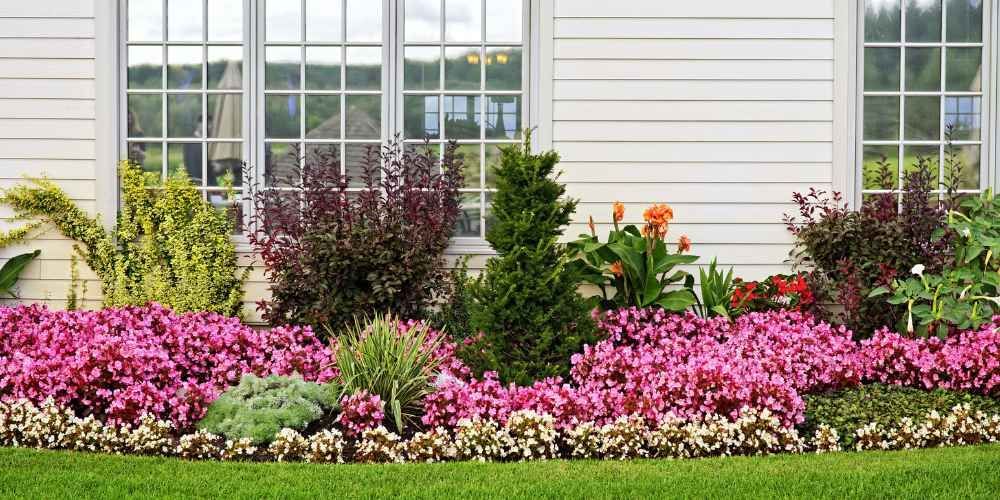
This is paragraph text. Click it or hit the Manage Text button to change the font, color, size, format, and more. To set up site-wide paragraph and title styles, go to Site Theme.
Principles of Softscape Landscaping Design

Softscape design harmony comes from following fundamental design principles involving unity and harmony.
- Unity and Harmony: A landscape attains unity through cohesion when uniform plant types, colors, or textures repeat throughout its design.
- Balance: The landscape's symmetrical or asymmetrical balance distribution ensures overall stability and proper proportioning through stable elements.
- Contrast and Variety: Different shapes combined with sizes and diverse colors help maintain visual appeal in the landscape.
- Rhythm and Flow: The repetition of elements and natural pathway design establishes movement through space by guiding viewers' motion.
- Scale and Proportion: Plants require proper relative size adjustments both regarding one another and concerning structures like buildings or patios.
When softscape designers follow these principles, they develop ordinary areas into breathtaking living artworks.
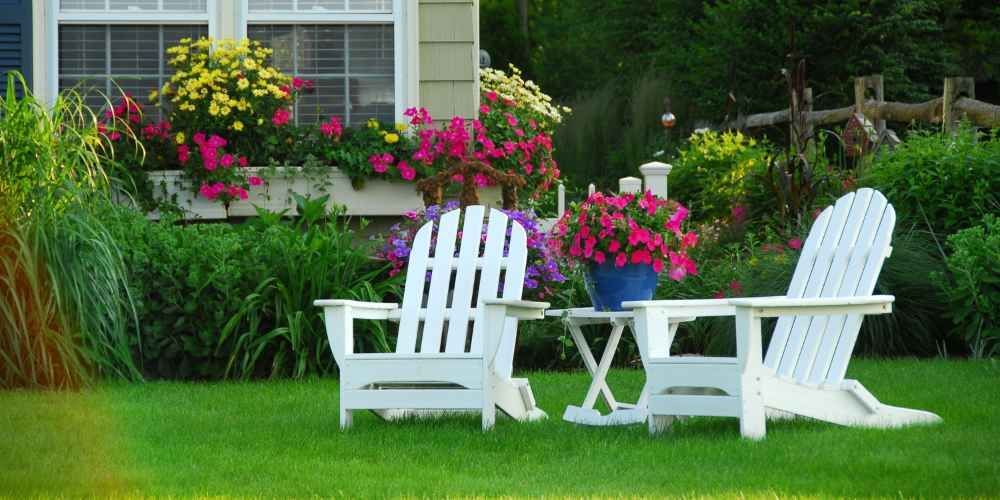
Softscaping develops according to modern life preferences and concerns about environmental protection. The following trends will define softscape landscaping design:
- Landscape design now strongly focuses on environmental responsibility because sustainable landscaping has emerged as its central theme. The current approach to landscaping includes more projects that adopt native plants, xeriscape practices, and organic fertilizers as key elements. Planting sustainable softscapes has dual benefits: They protect natural resources and establish better ecosystems.
- Edible Gardens has adopted the practice of including food-producing plants such as fruit trees, vegetable beds, and herb gardens throughout conventional softscapes. Homeowners can benefit from the functional attractiveness of combined design elements, grow fresh produce, and achieve landscaped beauty in their outdoor areas.
- The rise of busy schedules drives homeowners to seek plantings that need little care. Modern garden designs choose drought-tolerant plants and slow-growing shrubs, and the implementation of self-careful perennial plants that maintain beauty without maintenance. A well-planned plant selection reduces both long-term maintenance costs and time demands.
- Modern garden and irrigation technology are major in developing softscaping solutions. Plants receive their required water amounts through combination devices, including automated irrigation systems with soil moisture sensors and weather-based controllers. Homeowners can monitor and maintain their landscapes through smartphone applications and smart devices.
The integration of these new trends in landscaping leads to designs that are superior in beauty, sustainability, and durability over time.
Conclusion
The creation of welcoming, vibrant, sustainable outdoor areas heavily depends on softscape landscaping practices. Any environment benefits from softscape because it introduces color and vitality to spaces, shows homeowner personality, and gives environmental and emotional advantages. Your project's success depends on working with competent softscape designers when designing residential gardens or commercial spaces.
At
Landtech Scenery Inc., we specialize in crafting custom softscape landscaping designs tailored to your unique vision. Our passionate team combines the science and art of softscaping to create outdoor spaces that are not just beautiful, but also resilient and sustainable. From lush gardens to serene retreats, we transform ordinary areas into breathtaking landscapes that bring lasting joy year after year. Let us turn your outdoor dreams into reality!
